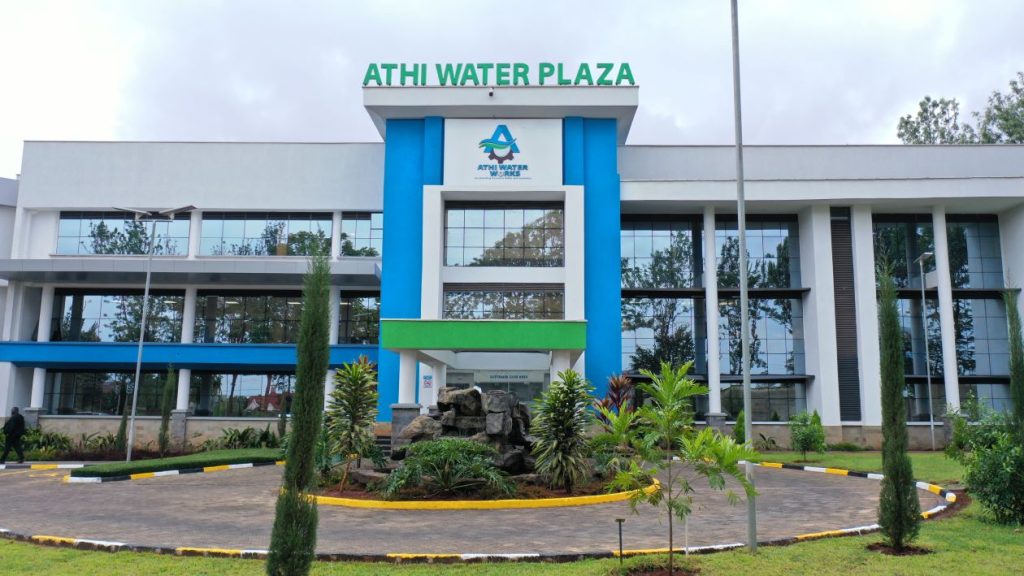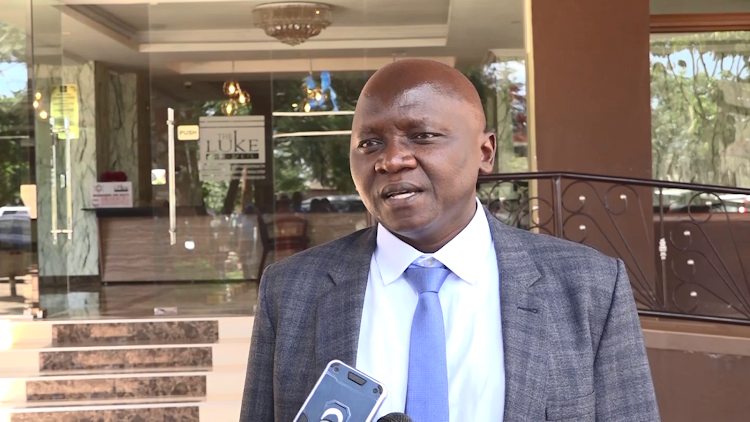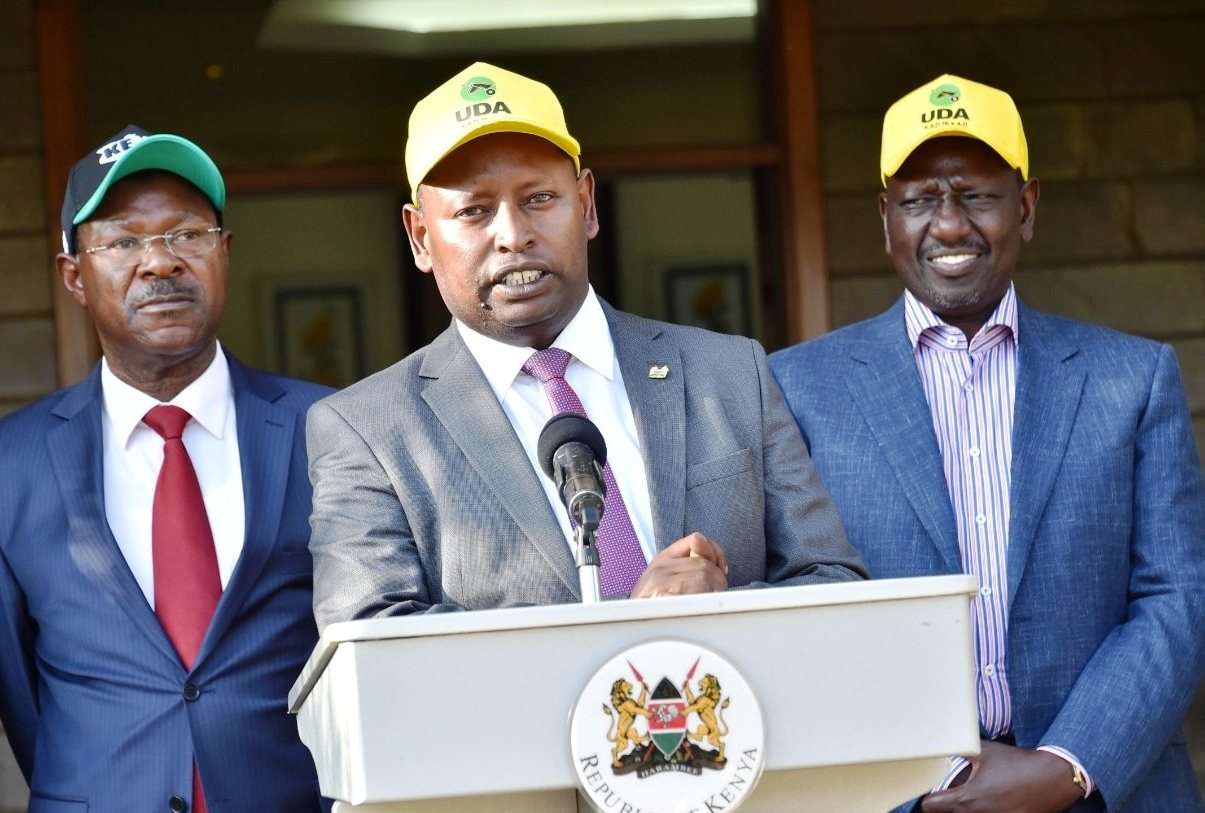Residents of Nairobi and the surrounding metropolitan area can finally breathe a sigh of relief following the completion of the Northern Collector Tunnel (NCT) project. The city has struggled with chronic water shortages for decades, leading to water rationing and forcing residents to rely on kiosks, vendors, and illegal water connections.
With Nairobi’s population steadily increasing, many neighborhoods have only been receiving water on specific days, with some areas getting water for just a few hours. However, the Ksh 9.5 billion NCT project is poised to ease these water challenges greatly. After testing and flushing the 55-kilometre Bulk Water Transmission Pipeline, the project will supply 140 million litres of water daily to Nairobi and nearby counties.

Water and Sanitation Cabinet Secretary Erick Muriithi, during a tour of the project, confirmed that Nairobi residents will begin receiving water in their taps within a week. The NCT, which was initially a contentious project, sources water from the Gikigie, Mathioya, and Irati rivers in Murang’a County and will benefit five counties: Nairobi, Machakos, Kajiado, Murang’a, and Kiambu.
Co-financed by the French Development Agency (AFD), the World Bank, and the Kenyan government, the project consists of the Northern Collector Tunnel, the Kigoro Water Treatment Plant, raw and treated water pipelines, and the Eastern and Western Water Transmission Pipelines. The water will be directed to Ndaka-ini Dam in Gatanga sub-county, treated at the Kigoro Plant, which can process 140,000 cubic meters of water daily, and then distributed to Nairobi, Kiambu, Murang’a, Kajiado, and Machakos counties.
Muriithi announced that the construction of the water transmission pipelines is complete and that the testing and flushing process will be finalized in a few days. Once operational, Nairobi will receive 136,500 cubic meters of water daily, Machakos 10,500 cubic meters, and Murang’a, Kiambu, and Kajiado will each receive 6,000 cubic meters per day. This will greatly reduce the long-standing water rationing in the region.
The CS, accompanied by PS Julius Korir, Athi Water Works Development Authority (AWWDA) Board Chairperson Charles Karondo, and Athi Water CEO Eng. Joseph Kamau reaffirmed the government’s dedication to infrastructure projects aimed at addressing water issues across the country.
Muriithi also shared plans to link the Gigiri treatment plant to Kabete, which would save Nairobi Water and Sewerage Company KSh 15 million in electricity costs by using gravity for water delivery.
PS Korir highlighted that Nairobi’s current water demand is 900,000 cubic meters per day, while supply is only 560,000 cubic meters. He stressed the government’s commitment to reducing non-revenue water from 43% to below 25%, ensuring more people benefit from the additional water supply. He also urged water service providers, especially Nairobi Water and Sewerage Company, to protect water resources and provide them at reasonable, affordable rates. Ongoing projects like the Ruiru II Dam and Maragua Dam will also help bridge Nairobi’s water shortfall.
Charles Karondo praised the NCT project as a major achievement that will alleviate water shortages for over 1.2 million people in the Nairobi metropolitan area. He also noted that residents of Gatanga in Murang’a County are already reaping the benefits of the project.
The Northern Collector Tunnel is part of a long-term plan to secure water sources for Nairobi and 13 satellite towns through 2035. It is the longest tunnel in Kenya and was designed to divert floodwaters from three rivers in Murang’a County into the Ndakaini Dam, Nairobi’s primary water source.





